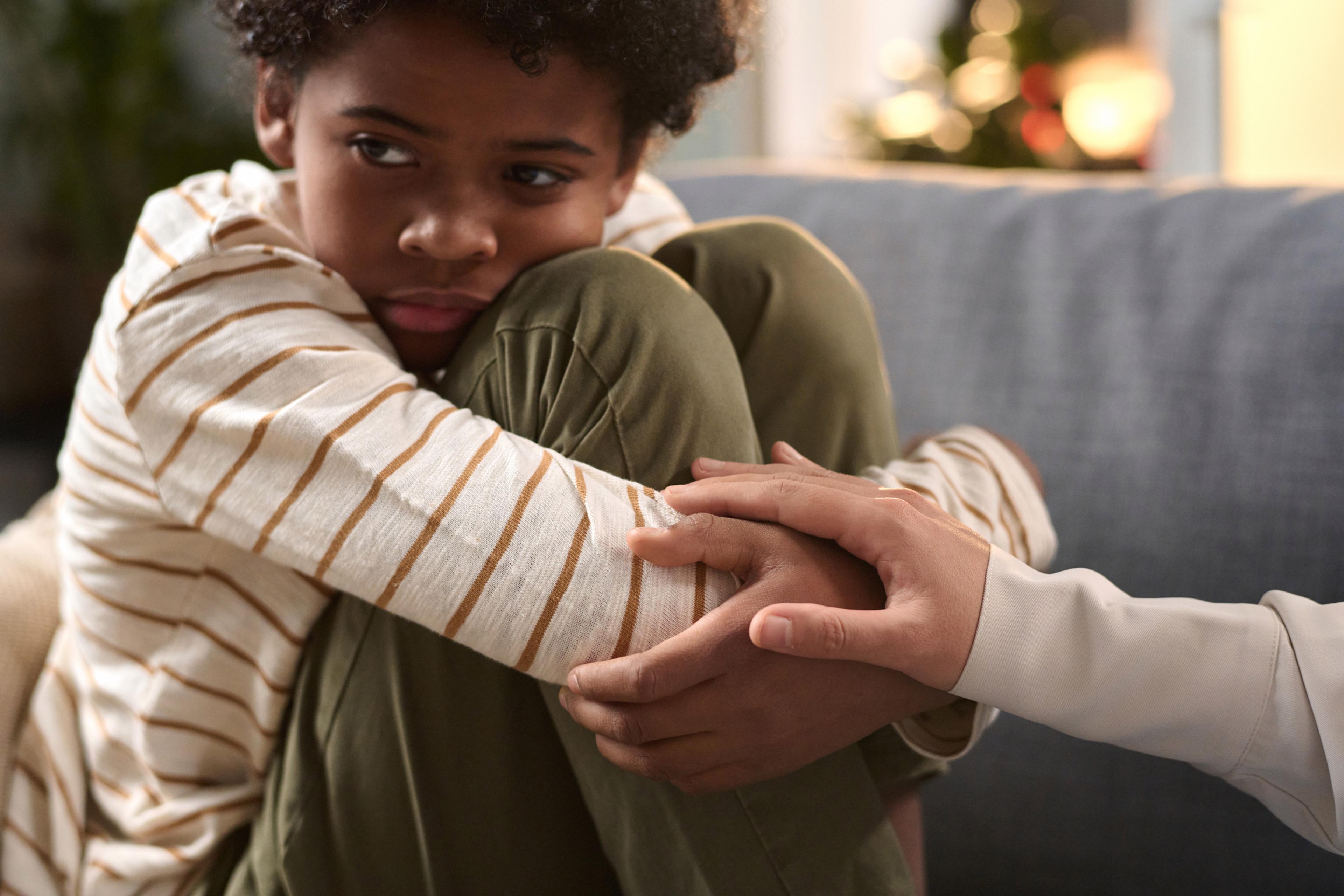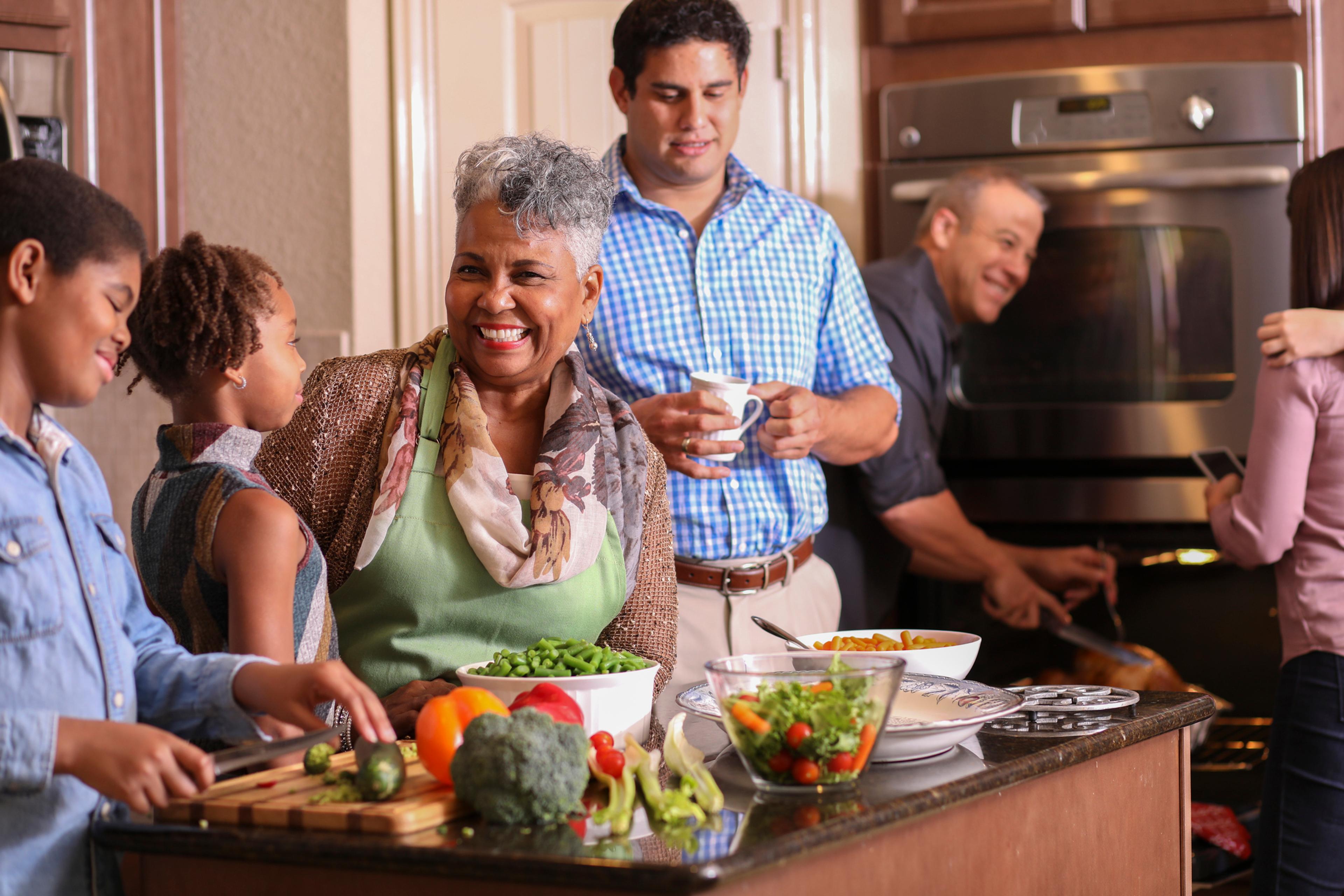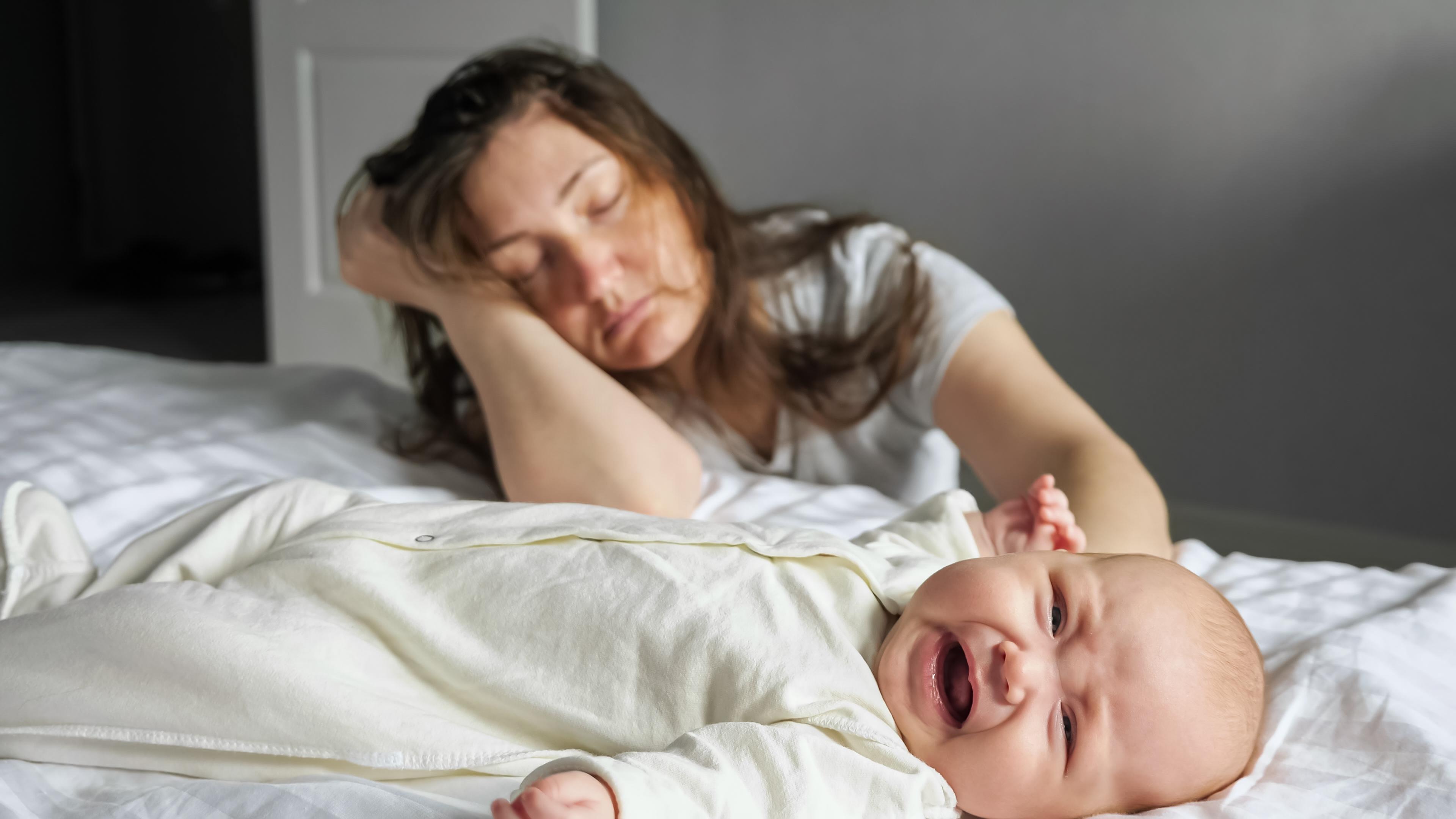What is Co-Regulation and How Does it Work?

Lindsay Knake
| 3 min read

Children can have big emotions, from a tantrum at the grocery store to slamming doors.
Through co-regulation, children can learn how to manage their emotions in a healthy way from a young age. This helps children understand how to have healthy relationships and learn to self-regulate, skills that will help them for the rest of their lives.
What is co-regulation?
When children have a tantrum or shutdown, they go into “fight, flight, freeze or fawn mode.” This releases stress hormones through the body and makes it difficult to reason through situations or problems. When a child is stressed, meeting them with anger and frustration can make them even more upset, according to research. But the opposite is also true.
Co-regulation is a process in which parents and caregivers connect with and coach children when they are experiencing these big emotions by modeling calmness and empathy, according to the Child Mind Institute. Through the process, children can learn to identify their own emotions, self-soothe and self-regulate. According to Harvard Health, benefits of self-regulation include:
- Better stress management
- Better decision making
- Improved problem solving
- Increased ability to adapt to challenges and new situations
- Ability to take healthy risks
Children who have stronger self-regulation skills tend to have lower risk for substance abuse and violence and lower health care costs, according to a study.
Co-regulation also teaches children about healthy, supportive relationships. Healthy and strong relationships are a key part of overall physical and mental health.
How to co-regulate with a child
First, parents need to manage their own mental and emotional health. Mindfulness, meditation, quality sleep and exercise are tools parents can use to reduce stress and stay calm and grounded on a regular basis.
When your child is upset, start by taking a deep breath. Breathing is a key way to regulate your own emotions to help you respond rather than react. It’s the oxygen mask on the plane metaphor; patience and calm are key to help children who are upset.
When a child is in fight, flight, freeze or fawn mode, it can be difficult to get through to them with logic and reason. After you take a deep breath, here are steps to take from the Child Mind Institute:
- Get onto the same level as the child. Kneel, squat or sit so you are eye-to-eye with them.
- Calmly name the emotion you see them displaying or ask the child to share how they feel.
- If you can, give them a hug or place a hand on their shoulder or back as physical touch releases soothing oxytocin hormones.
- Encourage the child to take several deep breaths, and suggest you take them together.
Once the child is calm, you can talk more about what was so upsetting or difficult for them and figure out together what to do in the future. The process of co-regulation is dynamic and will depend on the child and parent.
Outside of these stressful moments, parents can model self-regulation to their children. And remember, it’s not about being perfect; everyone feels frustrated, annoyed and angry at times. Self-regulation isn’t about being calm all the time but acknowledging the full range of human emotions and managing them in a healthy way.
Image: Getty Images
Related:





